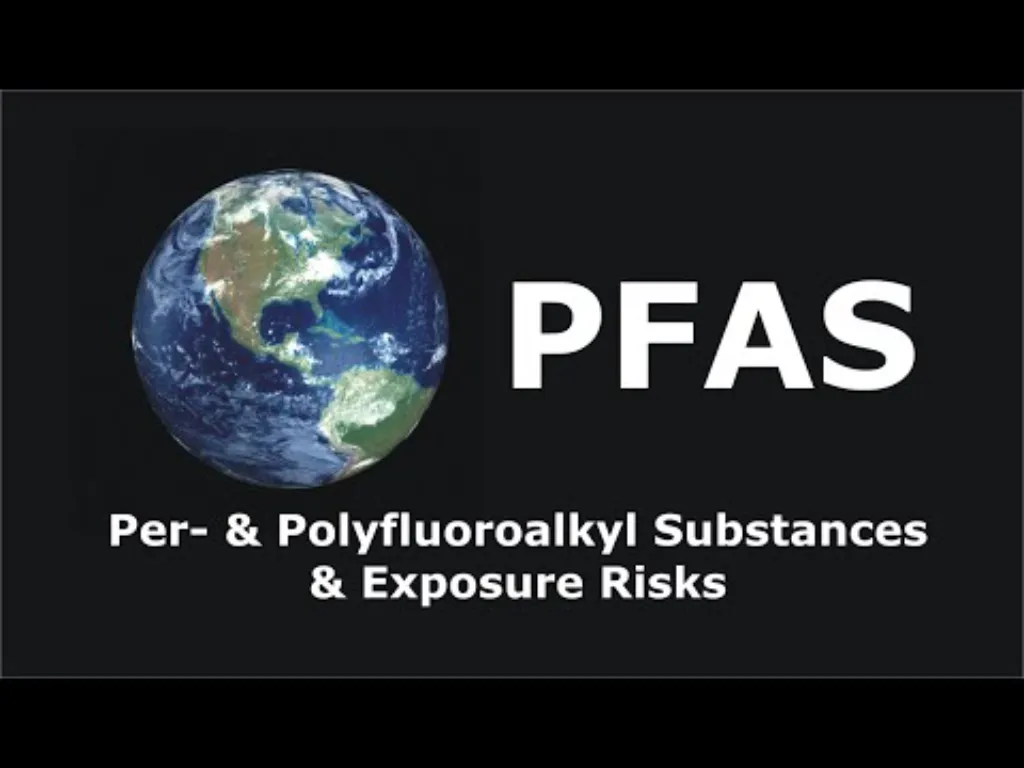- Home
- News Details
News Details

US EPA finalises rule requiring reporting of PFAS data
2023-10-19 Reference source : US EPA
On 28 September 2023 the U.S. Environmental Protection Agency (EPA) finalised a rule that will result in the most comprehensive collection of data on per- and polyfluoroalkyl substances (PFAS) produced and used in the United States. This rule is the culmination of more than two years of progress on the Government's initiative to tackle PFAS pollution, protect public health, and promote environmental justice, and is a major step in the EPA's PFAS Strategic Roadmap.
Per- and Polyfluorinated Substances
Per- and Polyfluorinated Substances (PFAS) are a class of manufactured chemicals that are widely used in industrial and consumer products. They have been manufactured since the 1940s and have properties that allow them to be used in a wide range of products, from non-stick cookware to waterproof clothing and firefighting foam. They are also used in some manufacturing processes.
PFAS are known as 'forever chemicals' as they are extremely persistent in our environment and bodies. They can lead to health problems such as liver damage, thyroid disease, obesity, fertility issues and cancer.
EPA’s Final Rule
The final rule expands the scope of the proposed rules definition of PFAS to include 41 additional PFAS identified as being of concern. The Environmental Protection Agency (EPA) has determined that a minimum of 1,462 PFAS have been produced or manufactured in the United States since 2011 will be subject to the final rule. It is important data to protect human health and the environment from these chemicals.
The Toxic Substance Control Act (TSCA) reporting rule is part of the FY2020 National Défense Authorization Act (NDAA), which requires all manufacturers (including importers) of PFAS-containing products in a given year from 2011 to submit information to the Environmental Protection Agency (EPA) including chemical identity, volume of products manufactured and processed, byproducts, environmental and health effects, worker exposure, and disposal.
This rule will provide the ability to understand and effectively protect people from PFAS and to conduct research on who is using the substances and in which quantity. This rule will produce actionable data that can be used by the EPA and governments to craft policies and laws to protect people and the environment from PFAS.
Timeline
Companies will have 18 months from the effective date of the final rule (30 days after publication in the Federal Register) to report data online. Small companies that only report data on the import of PFAS in articles will have an additional 6 months to complete their online submissions.
We acknowledge that the above information has been compiled from US EPA.
Global Product Compliance (GPC) specializes in Global Regulatory Compliance Solutions across sectors
globally. SSS Europe, a familiar name in chemical regulatory and compliance services now formally belongs
under the umbrella of GPC Holding Sweden.
Since 2008, we have emerged as one of the leading names among Global Regulatory Compliance Service
Providers with Representation services in Europe, Asia and Middle East for respective chemical
regulations.

 Twitter
Twitter
